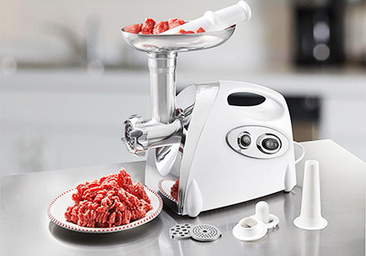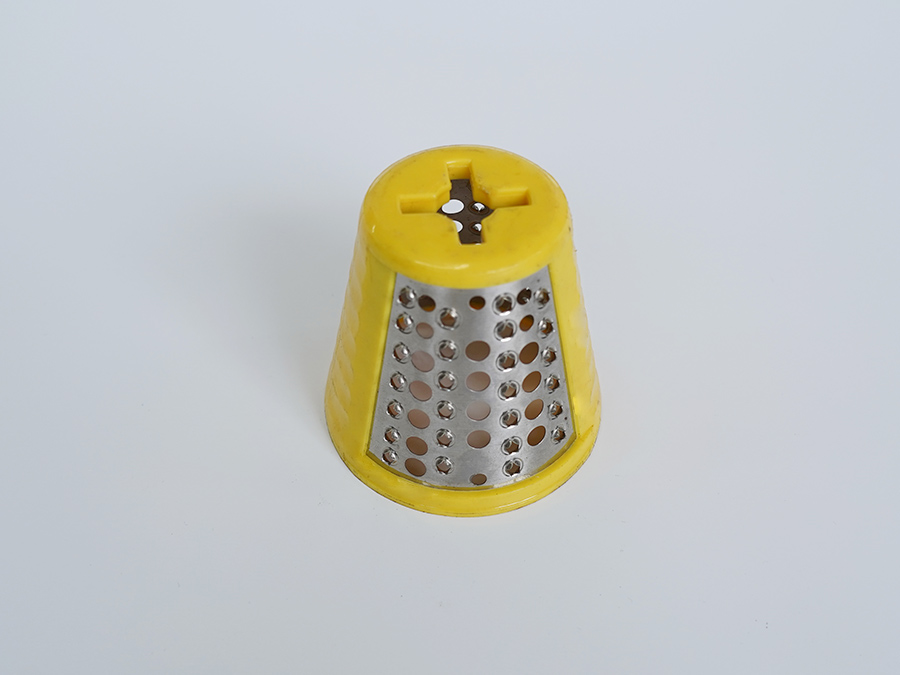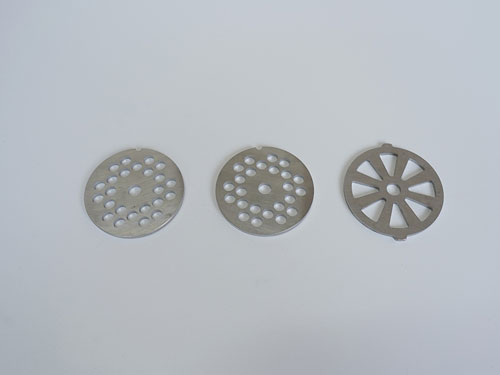
 Home > News
> News Information
Home > News
> News Information
1、 Obtain necessary information
Based on relevant data, analyze the stamping processability and conduct process and standardization audits on the workpiece.
1) Obtain product part drawings that indicate specific technical requirements. Understand the shape, size, and precision requirements of the workpiece. The dimensions (size and position) of key holes, key surfaces, and the analysis and determination of the reference plane of the workpiece.
In fact, the process requirements for stamping parts are not absolute. Especially in the current situation of rapid development of stamping technology, it is necessary to comprehensively apply various stamping technologies according to the actual needs and possibilities of production, reasonably select stamping methods, correctly formulate stamping processes, and select mold structures, which can meet both the technical requirements of the product and the stamping process conditions.
2) Collect process cards for workpiece processing. Therefore, we can study the relationship between the previous and subsequent processes, as well as the processing requirements and assembly relationships that must be mutually guaranteed between processes.
3) Understand the production batch of the workpiece. The production of parts plays a decisive role in the economy of stamping processing. Therefore, based on the production batch of parts and the quality requirements of parts, it is necessary to determine the mold type, structure, materials, and other related matters. This analyzes the economy of mold processing technology and the rationality of public building production, and outlines the stamping steps.
4) Determine the specifications of the workpiece and raw materials (such as plates, strips, coils, waste, etc.), understand the properties and thickness of the materials, determine whether to sample with minimal waste based on the manufacturability of the parts, and preliminarily determine the specifications and accuracy level of the materials.
On the premise of meeting the requirements of usability and stamping performance, try to use inexpensive materials as much as possible.
5) Analyze the requirements for material fiber direction and burr direction in design and process.
6) The technical capability and equipment conditions for manufacturing molds in the analysis tool (mold) workshop, as well as the availability of standard mold parts.
7) Familiar with the equipment information or situation in the stamping workshop.
8) Study and digest the above data, and preliminarily conceive the mold structure scheme. When necessary, it is necessary to propose modification suggestions for the established product design and process flow, so as to better integrate the process flow of product design and mold design and manufacturing, and achieve a more complete effect.
2、 Determine the process plan and mold structure type
The determination of the process plan is an important step that should be carried out after the process analysis of stamping parts. It includes:
1) Based on the requirements of shape characteristics, dimensional accuracy, and workpiece surface quality, conduct process analysis to determine its main attributes and determine the nature of the basic processes, including cutting, punching, bending, drawing, flanging, and bulging. List all the processes required for stamping, which can generally be directly determined from the drawing requirements of the product parts.
2) Determine the number of processes based on process calculations. For drawing parts, the number of drawing times should also be calculated. Bending and punching parts should be processed one or more times according to their shape, size, and precision requirements.
3) Determine the process layout sequence based on deformation characteristics, dimensional accuracy requirements, and ease of operation. Such as rushing first and then bending, or bending first and then rushing, etc.
4) Based on factors such as production batch, size, precision requirements, mold manufacturing level, equipment capability, etc., combine the preliminarily sorted single processes with possible processes. Such as composite stamping process and continuous stamping process. Generally, thick materials, low precision, small batches, and large-sized stamped parts need to be produced at once, and simple molds should be selected. Progressive molds should be used for continuous production of thin materials, small-sized, and large-scale stamped parts; For stamping parts with high shape and position accuracy, composite molds should be used for stamping.
After determining the nature, sequence, and process combination of the process, the stamping process plan was determined. That is to say, the structural type of the mold in each process has been determined.
3、 Used for necessary process calculations
1) Design material layout and calculate blank dimensions.
2) Calculate the punching force (including punching force, bending force, deep drawing force, flanging force, bulging force, unloading force, pushing force, edge pressing force, etc.), and if necessary, calculate the punching work and power.
3) Calculate the pressure center of the mold.
4) Calculate or estimate the thickness of the main parts of the mold. Such as the thickness of the concave mold, convex mold fixing plate, cushion plate, and the free height of the unloading rubber or spring.
5) Determine the gap between the convex and concave molds, and calculate the dimensions of the working parts of the convex and concave molds.
6) For the deep drawing process, it is necessary to determine the deep drawing method (with or without edge rings), calculate the number of deep drawing cycles, and determine the semi-finished product size in the intermediate process.
For certain processes, such as continuous deep drawing of strip, special process calculations are required.
4、 Overall design of the mold
Based on the above analysis and calculation, the overall design of the mold structure is carried out (usually only a sketch is needed at this time), and the closing height of the mold is preliminarily calculated to roughly determine the external dimensions of the mold.
5、 Structural design of the main components of the mold
1) A part of the workpiece. The design and selection of fixed forms for structural types such as convex molds, concave molds, and convex concave molds.
2) Locate the component. There are many types of positioning devices commonly used in molds. The selection and design of adjustable positioning plates, fixed blocking pins, movable blocking pins, and fixed distance side edges should be based on specific circumstances.
In the continuous mold, it is also necessary to consider whether to use the initial stopper pin.
3) Unloading and propulsion device. Such as the selection and calculation of rigidity or elasticity, springs and rubber, etc.
4) Guiding components. For example, guide columns, guide sleeve guides or guide plate guides, middle guide columns, side rear guide columns or diagonal guide columns, sliding guide sleeves or ball guides with steel balls, etc.
5) Support and clamp parts, fasten parts. For example, the selection of mold handles, upper and lower mold seat structure types, etc.
6、 Selected stamping equipment
The selection of stamping equipment is an important component of process design and mold design. The reasonable selection of equipment has a great impact on ensuring the quality of workpieces, improving productivity, and ensuring operational safety, and also brings convenience to mold design.
The choice of stamping type mainly depends on the process requirements and production batch.
The determination of stamping equipment specifications mainly depends on process parameters and mold structure dimensions. For crank presses, the following requirements must be met:
1) The nominal pressure of the press must be greater than the stamping process force.
More precisely, the load curve of the stamping process must be lower than the allowable load curve of the press.
For deep drawn parts, it is necessary to calculate the drawing work.
2) The installation height of the press must meet the requirements of the clamping height.
3) The stroke of the press should meet the requirements of workpiece forming. For the press used in the deep drawing process, its stroke must be 2-2.5 times higher than the height of the workpiece during this process in order to insert the blank and remove the workpiece.
4) The size of the press table must be larger than the overall size of the mold base, and leave a position for fixing the mold. Generally, if each side is larger than 50-70 mm, the size of the leakage hole on the press table must be larger than the size of the workpiece (or waste).
7、 Draw a general drawing of the mold
The drawing of the overall mold drawing (including part and workpiece drawings) strictly follows the drawing standards (GB/T4457~GB/T4460 and GB/T131-1993). At the same time, in actual production, the layout of its drawings has formed certain habits based on the working characteristics of the mold and the needs of installation and adjustment.
The overall drawing of the mold includes:
1) Main view. Draw the outline of the mold at the work position. Usually, half of the blank positions are drawn before drawing the stamping (when the punch slider is at the top dead center position); The other half is drawn at the bottom dead center position after stamping, indicating that the workpiece has already been formed (or separated).
2) Top view. Usually, the top view of the half and the top view of the upper half are drawn by the other half. As needed, the top view of the lower part is sometimes fully drawn.
3) Side view, bottom view, and partial sectional view, etc. If necessary, draw a side view of the working position of the mold. Sometimes, the bottom view and partial sectional view of the upper part of the mold are also drawn in the upper right corner of the drawing.
4) Workpiece diagram. The general workpiece drawing is located in the upper right corner. For the work done on several sets of molds, in addition to drawing the workpiece diagram for this process, it is also necessary to draw the workpiece diagram for the previous process.
5) Layout diagram. For progressive dies, it is necessary to draw the layout, process arrangement sequence, and stamping content completed in each process step; The spacing between work steps, overlap value, and strip size should be marked. In the layout diagram of the punching die, the layout method, the size of the strip material, and the size of the overlap value should be marked.
6) List the parts list, specifying the materials and quantities. All standard parts should be selected according to specifications.
7) Technical requirements and instructions. Technical requirements include the press machine, equipment model, overall tolerance of the mold, assembly, installation and debugging, mold closure height, mold clearance, and other requirements.
8、 Draw part drawings for each non-standard component
All dimensions, tolerances, matching, shape and position tolerances, surface roughness, materials, heat treatment requirements, and other technical requirements should be indicated on the part drawing.
9、 Fill in the mold record card and prepare the stamping process document
For small-scale production, a process route list should be filled out; During large-scale production, it is necessary to create process cards and process cards for each component.
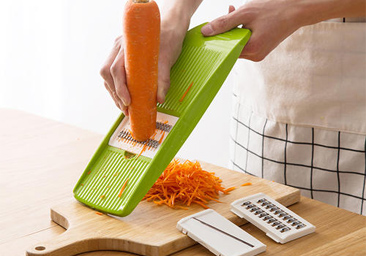
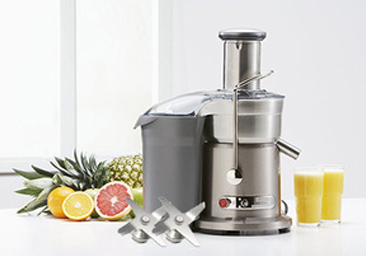
.jpg)

